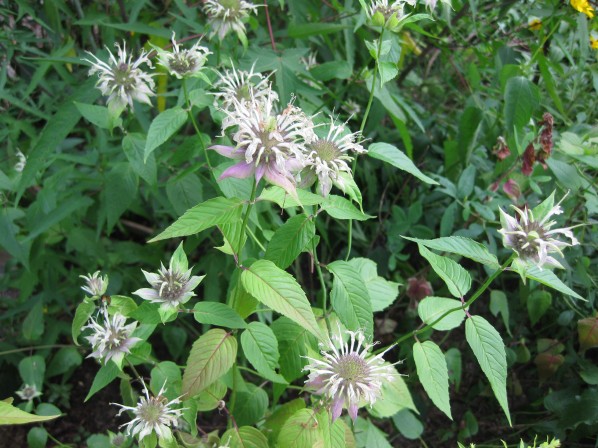The wonderful extension agent Debbie Roos taught me that using something tall like Culver’s root is a good accent mixed into a native plant design, so I’ve incorporated this idea into the new pollinator bed. I’m so excited to see how it looks next spring and summer!
More info:
Veronicastrum virginicum
Veronicastrum virginicum (L.) Farw.
Culver's Root
Scrophulariaceae (Figwort Family)
Synonym(s): Leptandra virginica, Veronica virginica
USDA Symbol: vevi4
USDA Native Status: L48 (N), CAN (N)
The unbranched stems of Culver’s-root grow 2-6 ft. tall and are topped by several spikes of densely-clustered, tiny, white flowers. The total effect is candelabra-like. Narrowly oval, dark-green leaves are arranged in whorls around the stem. The common name was to honour Dr. Culver who prescribed the plant as an effective laxative. (Lamb/Rhynard) Dense, narrow, cylindrical, spike-like clusters of small, white, tubular flowers are at the top of an erect stem over whorled leaves.
The genus name, a combination of Veronica and the suffix astrum (false), describes this plants resemblance to the Veronicas. It is the only species in the genus. It can be grown easily in wildflower gardens. The root contains a powerful emetic and cathartic.









